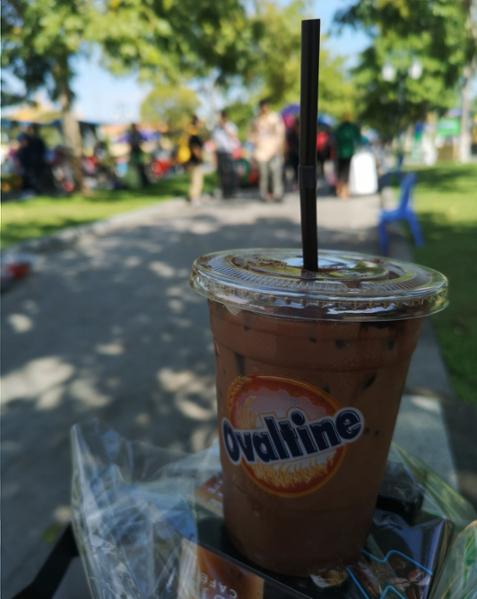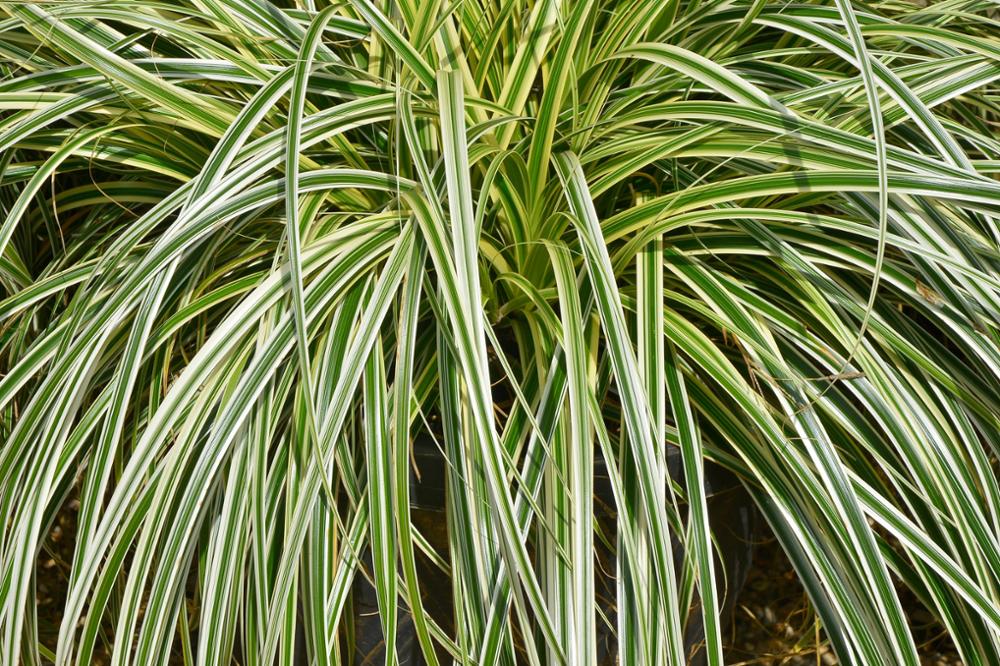
Carex as a replacement for plastic
Plastic pollution is an increasingly pressing issue in Cambodia. The widespread use of plastic across all levels of society poses significant environmental and health problems, both in urban areas and in the countryside. Many landscapes, canals, and suburban neighborhoods are now overrun by multicolored plastic waste. However, new mindsets and innovations are beginning to emerge, offering hope in the fight to reduce this worsening pollution.
According to a study conducted in 2016 by the Italian NGO ACRA, residents of Phnom Penh were consuming over 10 million plastic bags per day—ten times more than the average consumption in the European Union or China. Each capital resident used more than five plastic bags daily, or around 2,000 per year. Although this figure may have changed somewhat since then, it remains a stark indicator of the pervasive presence of this synthetic material in everyday life across the Kingdom.
A reassuring awakening
Despite this ecological crisis, responsible initiatives aimed at making a difference are taking root. In Phnom Penh, for example, the "Trashtag Challenge"—an international social media movement—led to the formation of a group of teenagers and young adults who took on the mission of removing trash from the Boeung Trabek canal, which runs through the capital. Slowly but surely, and despite often waking up to find the canal looking exactly as it had before the previous day’s cleanup, these young Cambodians managed not only to restore the waterway but also to raise awareness among neighboring communities. Residents gradually abandoned the habit of dumping all their waste—mostly plastic—into the canal.
While such actions are not enough on their own to dramatically reduce plastic consumption, the simple fact that a younger generation—which represents the majority of Cambodia’s population—is becoming aware and, for some, feels a genuine sense of duty, represents a meaningful shift in collective consciousness.
Carex replaces plastic
Beyond individual efforts, professional groups—especially in the tourism and food industries—are launching initiatives that align with this growing environmental awareness. Take plastic straws, for instance. This little “tube” (the literal translation of “straw” in Khmer) has become ubiquitous throughout Cambodia over the years. Straws are found everywhere—especially in plastic cups used for iced coffee, sugarcane juice, smoothies, beer, tea (hot or cold), and other chilled drinks. In Cambodia, drinks are expected to be served cold (tea is a rare exception). The straw naturally found its place, as it’s arguably the most practical way to enjoy beverages packed to the brim with ice in those types of containers. Straws are handed out automatically by street vendors, food stalls, restaurants, and even convenience stores. Many Cambodians even use a straw to drink from cans. In short, straws are everywhere.

The Cambodian company Organic Lifestyle has, for the past three months, been developing solutions to reduce plastic use—particularly plastic straws. The aim is not to change people’s habits overnight but to offer a viable alternative material. That’s why they have begun importing and distributing carex straws across the country to hundreds of individuals as well as to restaurants and commercial outlets. Carex is a plant similar to lemongrass. In France, for instance, it’s commonly used to reinforce the weaving of traditional chair seats. Though biologically distinct from lemongrass (they belong to different families at the fifth level of classification), both plants share the same order, class, and division in the biological taxonomy, making them closely related.
“These carex straws were chosen for their neutral taste [unlike lemongrass], which ensures that our customers can enjoy the full flavor of their drinks,” explains Gabrielle Gabillat, Communications Manager at Thalias Hospitality. The group, which owns several restaurants in Phnom Penh and Siem Reap, has been using these eco-friendly straws in all its establishments for the past two months. For hygiene reasons, Gabrielle notes that carex straws are not reusable.

Sovanarith, a member of Organic Lifestyle, affirms that since the carex straws hit the market, the number of people convinced by this alternative solution has grown steadily—in Phnom Penh and beyond.
“Some people come in person to take these natural straws back to their homes in the countryside, where they aren’t yet available,”he explains. This growing awareness of the environmental risks associated with plastic is reflected in these examples and is beginning to take root across the diverse mentalities found in Cambodia. It may be just the beginning—but it gives reason to hope.